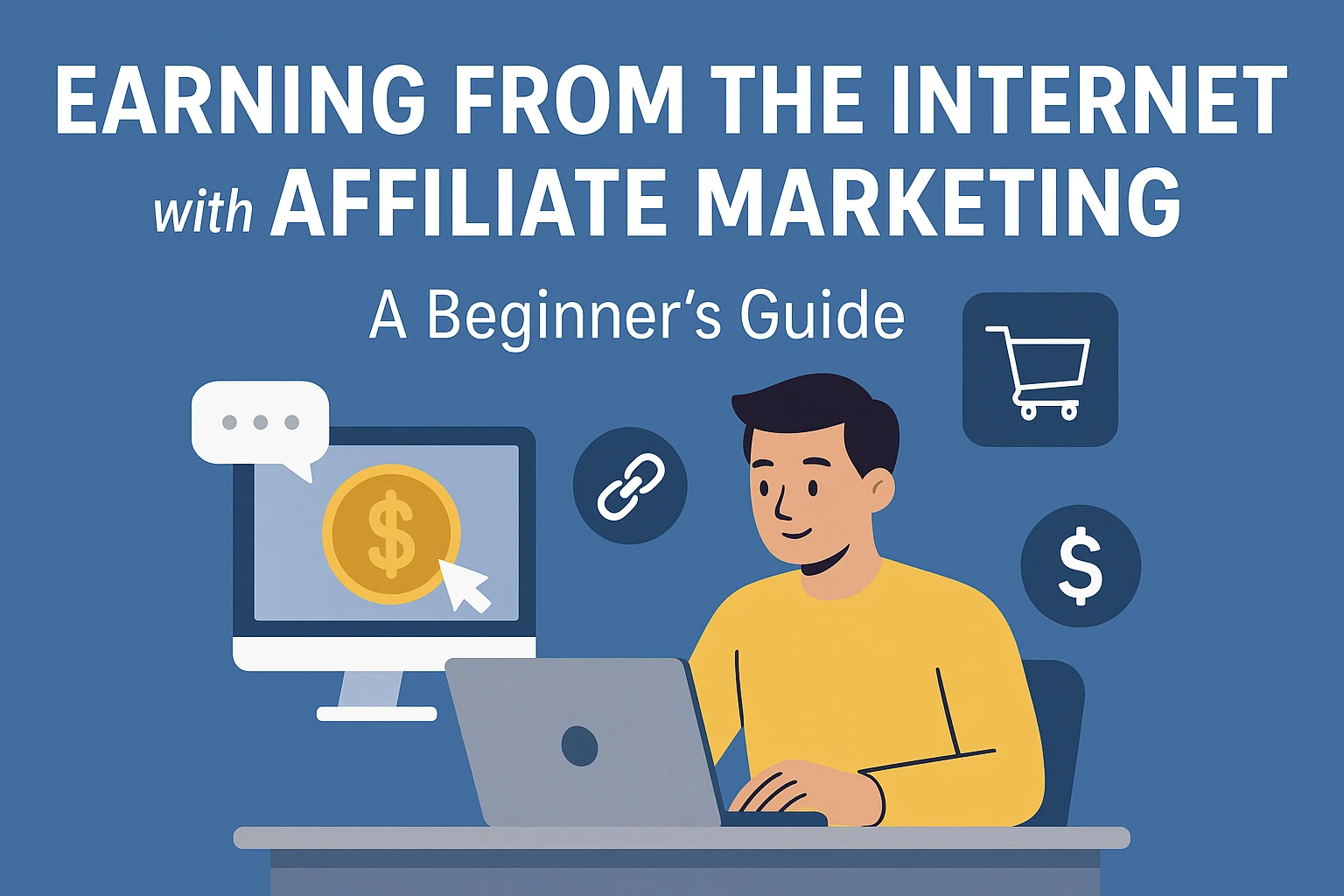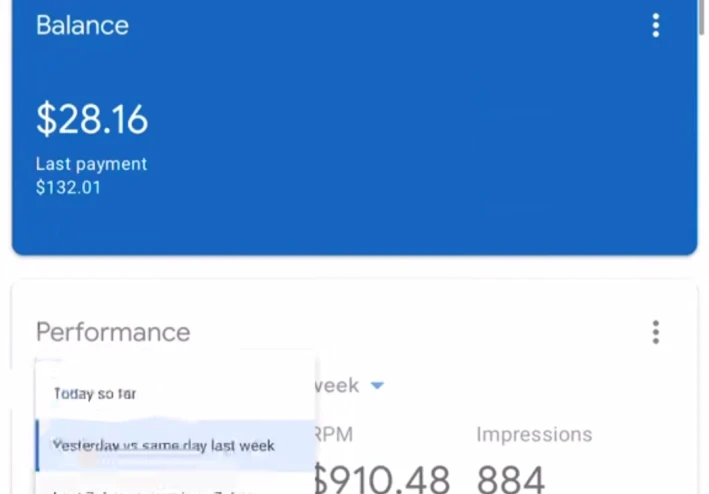Earning from the Internet with Affiliate Marketing — A Beginner’s Guide
In today’s digital world, earning from the internet is more than a trend — it’s a real opportunity for anyone willing to learn and take action. Among the many ways to make money online, affiliate marketing stands out as one of the most accessible and scalable options for beginners. This article walks you through what affiliate marketing is, how it works, concrete steps to get started, and practical tips to grow a reliable income from home.
What is affiliate marketing?
Affiliate marketing is a performance-based model where you promote someone else’s products or services and earn a commission when people buy through your special tracking link. Think of it like being a freelance salesperson: you don’t hold inventory or handle customer service — you simply refer buyers and receive a cut of the sale.
Why it’s great for beginners:
Low startup cost — often just a website or social profile.
No need to create or ship products.
Flexible: you can work part-time from home or scale into a full-time business.
Many niches and programs to choose from.
How affiliate marketing works (step-by-step)
Join an affiliate program or network. Companies and platforms offer affiliate programs (e.g., Amazon Associates, ClickBank, or niche-specific programs). You register and receive unique affiliate links.
Choose products that match your audience. Promote products your audience needs or values. Relevance increases trust and conversion rates.
Create content that drives clicks. Content can be blog posts, product reviews, comparison articles, videos, social posts, or email campaigns containing your affiliate links.
Drive traffic. Use SEO, social media, paid ads, video, and email marketing to bring visitors to your content.
Earn commission. When someone clicks your link and completes the desired action (purchase, sign-up), the affiliate network records it and you earn a commission.
Popular affiliate platforms & programs
There are two main types of places to find affiliate opportunities:
Large affiliate networks (good for variety): Amazon Associates, ClickBank, ShareASale, CJ Affiliate, Awin.
Individual brand programs (often higher commissions): SaaS companies, online course creators, hosting providers, and many e-commerce stores run their own affiliate programs.
Tip: Start with reputable platforms and products with good conversion rates and fair tracking policies (cookie duration matters).
A simple roadmap to start (for absolute beginners)
Pick a niche. Focus beats generality. Choose a niche based on your interests, knowledge, or evidence of demand (e.g., fitness gadgets, online courses, productivity tools).
Build your platform. Create a simple blog, YouTube channel, Instagram account, or a combination. A small website with a blog is the most evergreen approach for SEO.
Create valuable content. Produce useful content that answers real questions: “best X for beginners,” “how to use Y,” or honest product reviews and tutorials.
Join affiliate programs. Apply to networks or brand programs that fit your niche. Keep track of your links and terms.
Optimize for traffic. Learn basic SEO, write helpful titles and meta descriptions, and share content on social platforms. Consider guest posts or collaborations for faster exposure.
Analyze & improve. Monitor clicks, conversion rates, and earnings. Double down on what works and tweak what doesn’t.
Scale gradually. Add more content, diversify products, and test paid advertising if it makes sense.
Content ideas that convert well
“Best of” lists (e.g., “Top 7 Tools for Remote Work”)
Product comparisons (e.g., “X vs Y: Which Is Better for Beginners?”)
Step-by-step tutorials that include recommended products
Case studies or personal experience posts
Email sequences that nurture readers and recommend products
Practical tips for success (and mistakes to avoid)
Do:
Prioritize trust. Honest reviews and transparency about affiliate links build long-term audience loyalty.
Track everything. Use UTM tags, dashboards, and analytics to understand traffic and conversions.
Diversify income. Don’t rely on a single product or platform — mix high-ticket and recurring commissions with smaller, evergreen offers.
Test responsibly. Split-test headlines, calls to action, and landing pages to improve conversion rates.
Don’t:
Promote low-quality products just for the money — it damages credibility.
Spam links across unrelated channels — it won’t convert and can harm your brand.
Ignore SEO basics — organic traffic compounds over time and is a powerful source of free visitors.
Realistic expectations
Affiliate marketing is not a get-rich-quick scheme. Many successful affiliates took months or years to build reliable revenue. Expect a learning curve: technical setup, content creation, and audience-building all require time and consistent effort. However, smart work — focusing on quality content and useful products — often pays off with steady passive income later on.
Tools and resources to help you
Content platforms: WordPress, Medium, YouTube
Analytics: Google Analytics, Search Console
Affiliate management: ThirstyAffiliates (link management), Pretty Links
SEO tools: Ahrefs, SEMrush (or free tools for beginners)
Email marketing: Mailchimp, ConvertKit
Final thoughts
If your goal is earning from the internet, affiliate marketing offers a low-cost, scalable path that fits beginners and seasoned creators alike. Start small, choose a niche, deliver real value, and learn from your analytics. Over time, your efforts can grow into a sustainable income stream — and the best part is you can do it from home, on your own schedule.

































